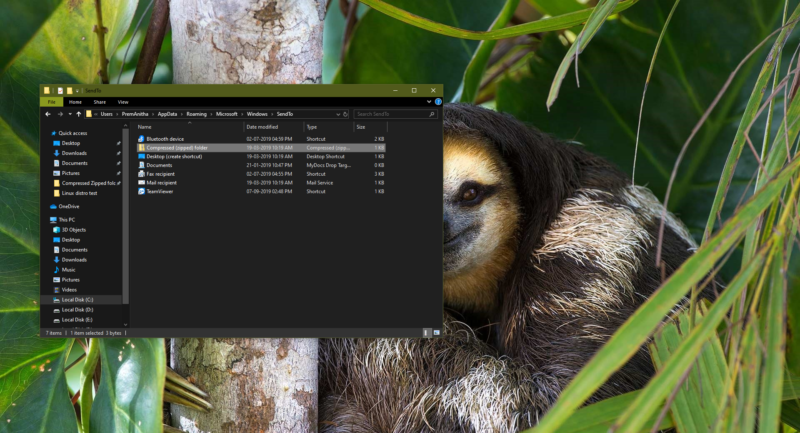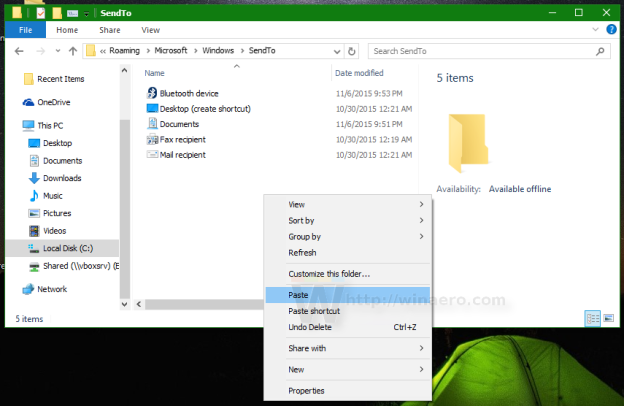

Once you’re in the folder, run the following command to get all the compressed items at the root of that folder compact

Open Command Prompt and use the cd command to move to the folder that you’d like to scan for compressed files and folders. You can use a modifier to find the nested compressed items as well. If the folder you’re scanning has a compressed folder which in turn has other compressed items nested under it, this scan will only list the parent folder that’s compressed. When you scan a folder, it will list the compressed items at its root and not nested items. You can scan entire folders for compressed files and folders.


 0 kommentar(er)
0 kommentar(er)
